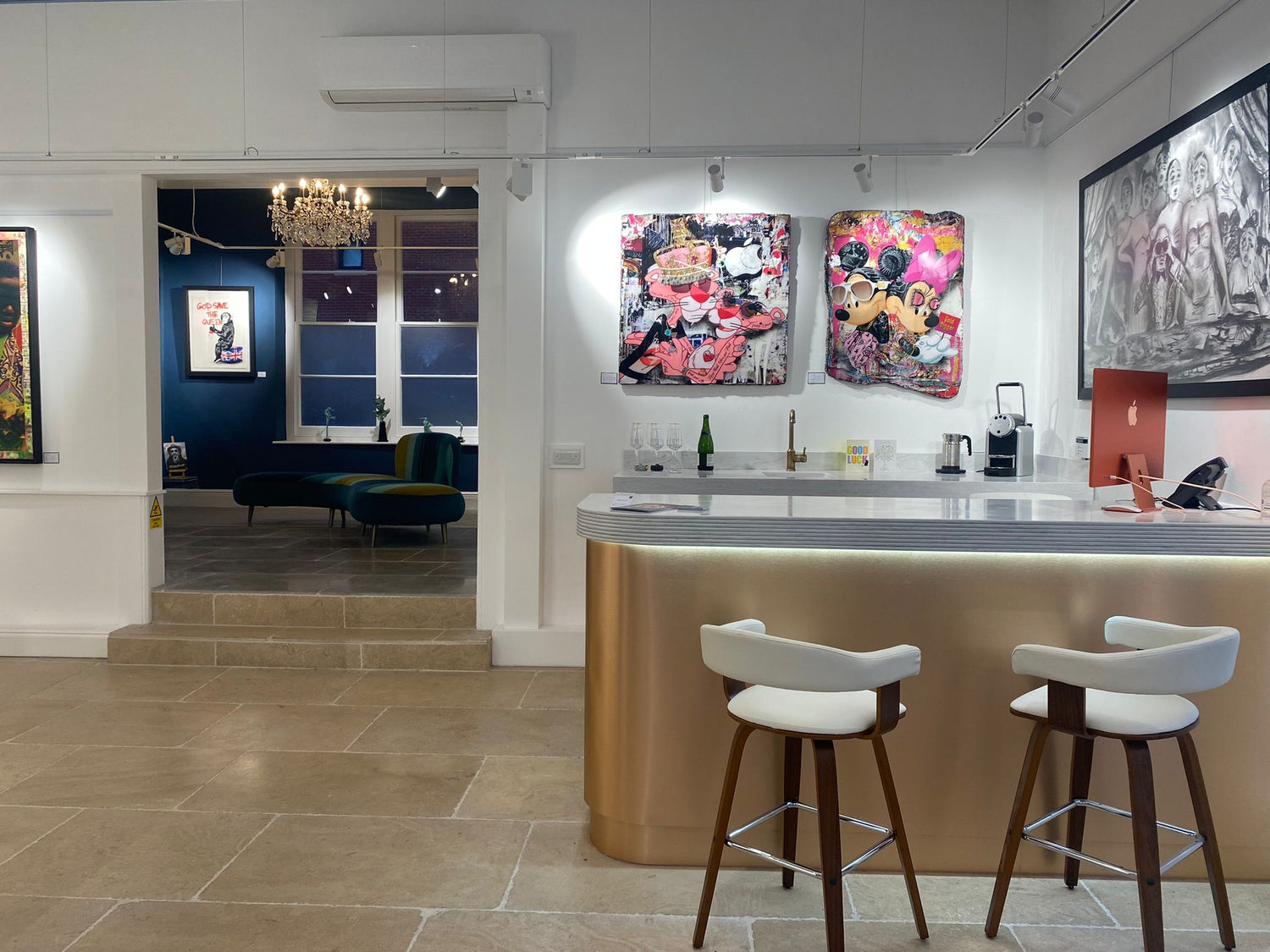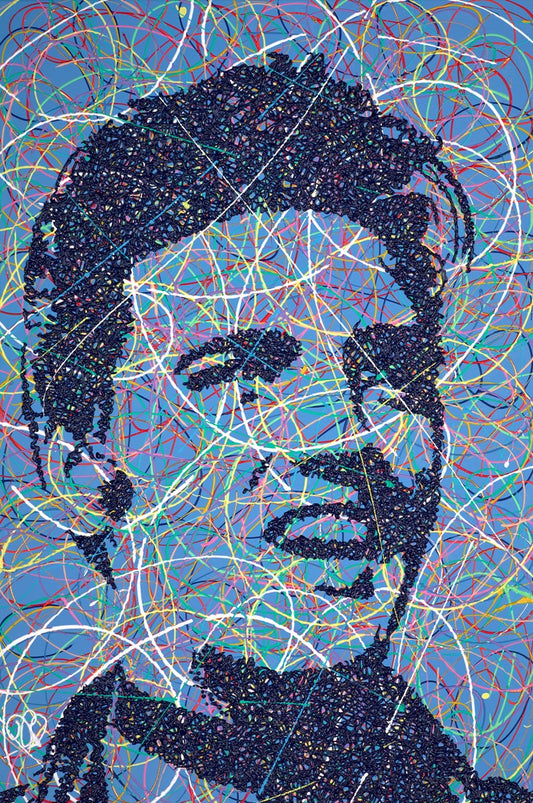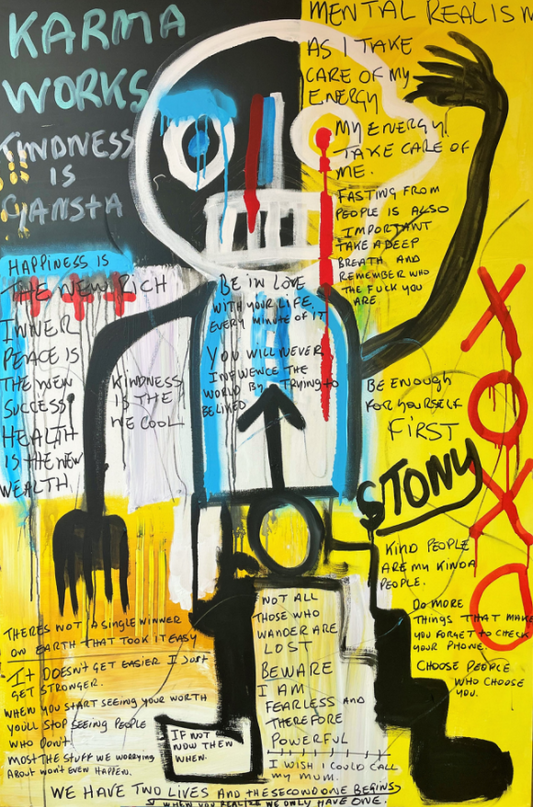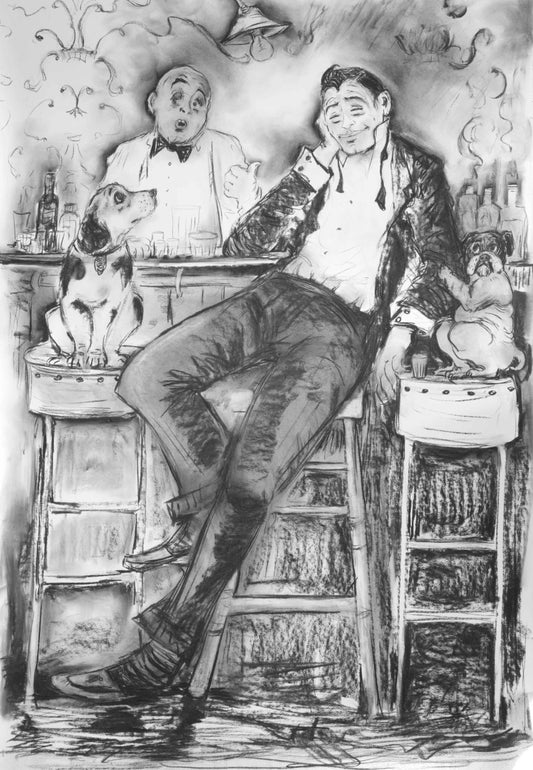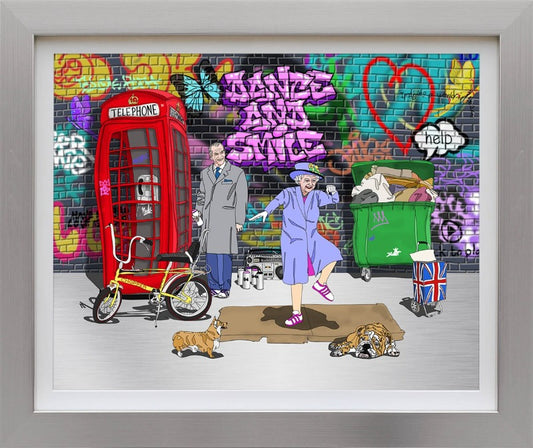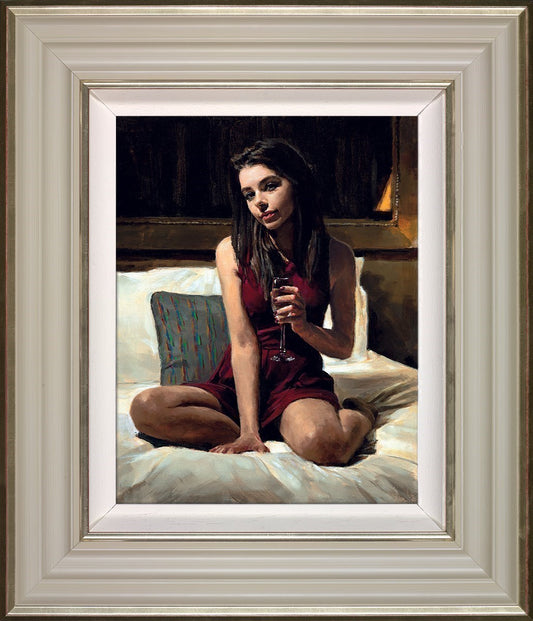What is Modern and Contemporary Art
Art, in its myriad forms, is a reflection of the times. It captures the spirit of an era, mirroring societal changes, technological advancements, and cultural shifts. Modern and Contemporary Art, two significant movements in the art world, embody this dynamic nature.
This page delves into the fascinating world of Modern and Contemporary Art. It explores their definitions, characteristics, and the key figures who shaped these movements, particularly in the UK. We will also examine the role of institutions in defining these art movements and the societal changes that influenced them.
The Genesis of Modern Art
The birth of Modern Art marked a significant shift in the art world. It emerged around the 1860s, reaching its peak by the mid-20th century. This period was characterised by a conscious move away from traditional forms and techniques.
Artists began to experiment with new ways of seeing, interpreting, and expressing their ideas. The result was a diverse array of styles and movements that challenged the status quo.
Defining Modern Art
Modern Art is not confined to a single style or technique. Rather, it is defined by its rejection of the past and its embrace of the new. It is characterised by its innovative use of form, colour, and perspective, often resulting in abstract and non-representational works.
Pioneers of Modern Art in the UK
The UK played a significant role in the development of Modern Art. Artists like Henry Moore, Francis Bacon, and Lucian Freud pushed the boundaries of artistic expression. Their works, often controversial, challenged traditional notions of beauty and form.
Key Movements of Modern Art
Modern Art encompasses a variety of movements, each with its unique characteristics. Impressionism, for instance, focused on capturing fleeting moments and the play of light. Cubism, pioneered by Picasso, broke objects into geometric forms, presenting multiple viewpoints simultaneously.
Dadaism and Surrealism, on the other hand, delved into the realm of the subconscious, creating dreamlike and often absurd imagery. These movements, among others, laid the groundwork for the diverse and eclectic nature of Contemporary Art.
Contemporary Art: An Evolving Spectrum
Contemporary Art, as the term suggests, refers to art of the present day. It began to take shape in the 1970s, following the end of the Modern Art era.
Unlike Modern Art, Contemporary Art is not defined by a specific style or movement. Instead, it is characterised by its diversity, reflecting the myriad influences and issues of our time. From traditional painting and sculpture to digital and performance art, Contemporary Art encompasses a wide range of mediums and techniques.
Defining Contemporary Art
Contemporary Art is often described as art that questions boundaries. It challenges traditional notions of what art can be, often blurring the lines between art and life. This openness to experimentation and dialogue is a defining characteristic of Contemporary Art.
Contemporary Art in the UK: Notable Figures
The UK continues to be a vibrant hub for Contemporary Art. Artists like Stony, Dylan Izaak, and Banksy have made significant contributions to the field. Their works, often provocative and thought-provoking, reflect the complexities of contemporary life.
The Impact of Technology and Globalisation
The advent of technology and the process of globalisation have had a profound impact on Contemporary Art. Digital media has opened up new possibilities for artistic expression, while globalisation has brought diverse cultures and perspectives into the spotlight
These developments have not only expanded the scope of Contemporary Art but also challenged artists to engage with a broader range of issues and audiences. In this sense, Contemporary Art is a reflection of the interconnected and rapidly changing world we live in.
Distinguishing Modern from Contemporary Art
While Modern and Contemporary Art share a spirit of innovation, they differ in several key aspects. Modern Art, with its roots in the 19th and early 20th centuries, is often associated with the pursuit of new forms of expression and the rejection of traditional artistic conventions.
In contrast, Contemporary Art, emerging in the latter half of the 20th century, is characterized by its diversity, its questioning of boundaries, and its engagement with the social, political, and cultural issues of the time.
The Role of Institutions in Shaping Art Movements
Art institutions play a pivotal role in shaping and defining art movements. They provide platforms for artists to showcase their work, stimulate dialogue, and influence public perception.
The Tate Modern and the Turner Prize
The Tate Modern, a beacon of Modern and Contemporary Art in the UK, has been instrumental in promoting these art forms. The Turner Prize, awarded annually by the Tate to a UK-based artist, has become a significant event in the Contemporary Art calendar.
These institutions have not only shaped the art landscape but also fostered a greater appreciation for Modern and Contemporary Art.
The Influence of Societal Changes on Art
Art is often a reflection of the society from which it emerges. Modern and Contemporary Art, in particular, have been deeply influenced by societal changes. From the industrial revolution's impact on Modern Art to the digital age's influence on Contemporary Art, societal shifts have continually shaped the art world's landscape.
The Future of Art: Trends and Predictions
As we look to the future, the art world continues to evolve. The rise of digital art forms, the increasing importance of diversity and representation, and the growing influence of environmental concerns are all shaping the future of Modern and Contemporary Art. Art, as always, remains a dynamic and ever-changing field, reflecting the world around us in new and innovative ways.
Conclusion
In conclusion, Modern and Contemporary Art are dynamic fields, constantly evolving and reflecting societal changes.
Understanding their nuances, influences, and trajectories provides a deeper appreciation of the art world and its significant role in shaping our cultural landscape.
